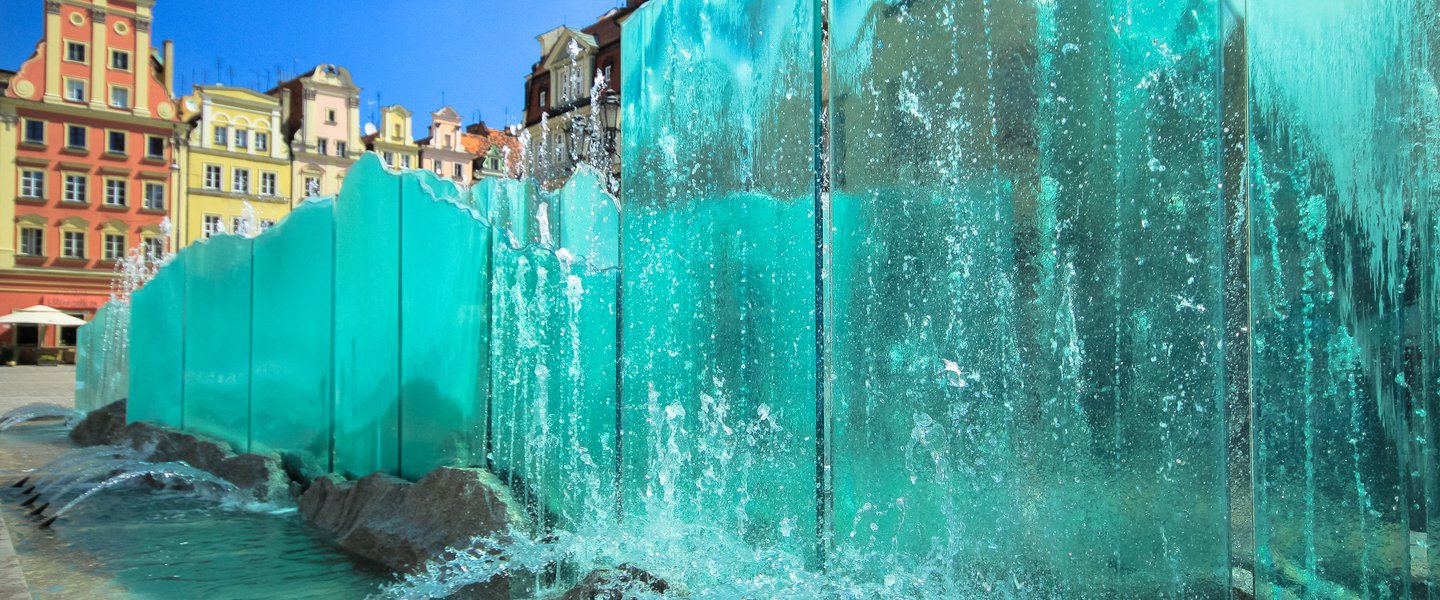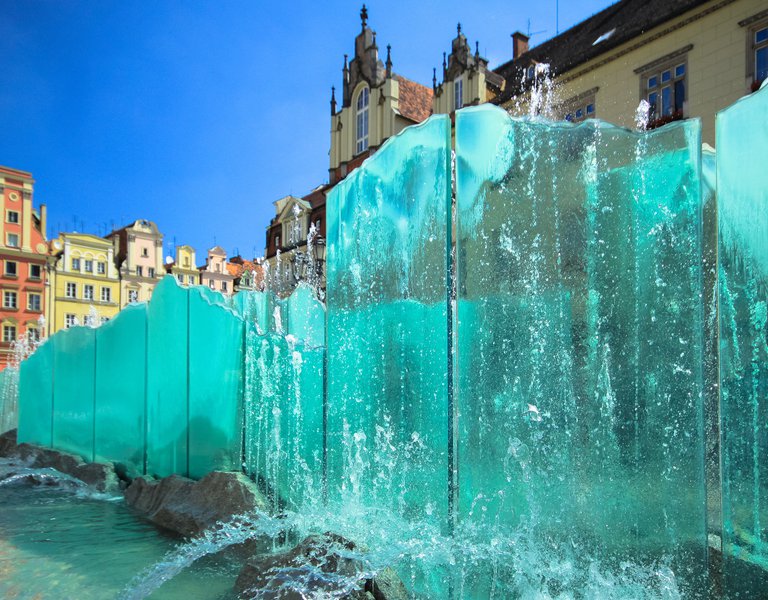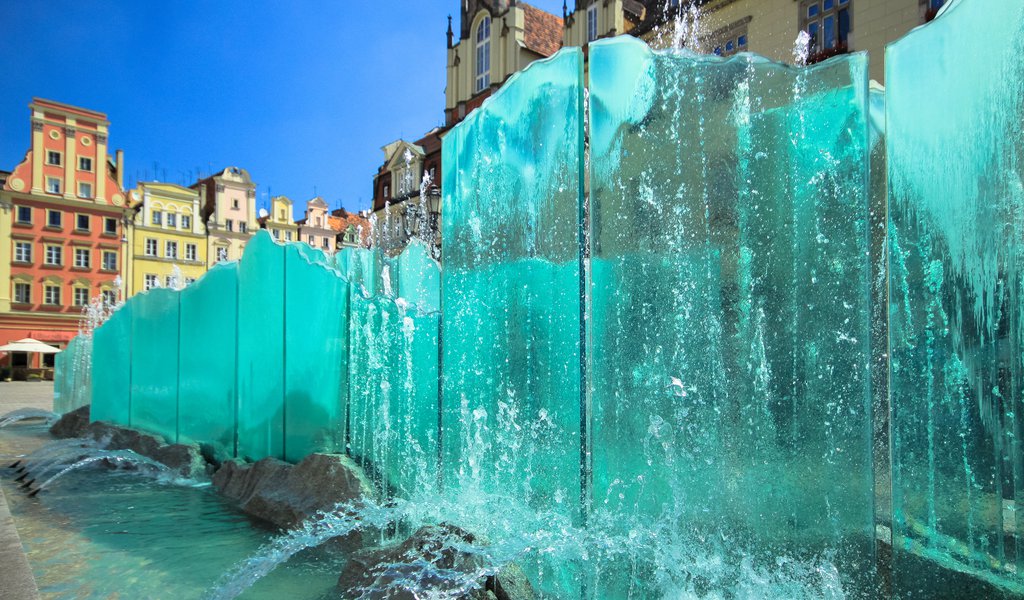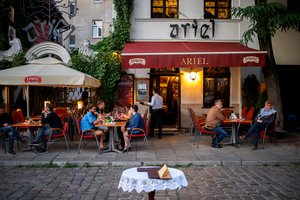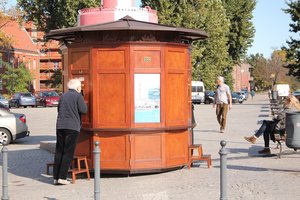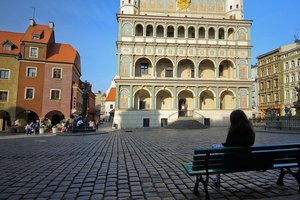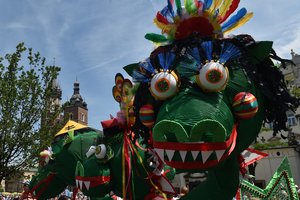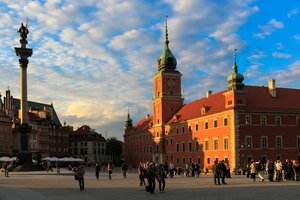Wroclaw, the city of glass
The Play with Glass – European Glass Festival is now under way in Wroclaw, the capital of the Lower Silesia region. It is an artistic rarity featuring a spectacular exhibition at Wroclaw Central Station. It will be later on display in Lodz and Jelenia Gora.
Until late October 2014, the newly renovated, Art Nouveau décor of the Central Station in Wroclaw will provide a setting for a unique exhibition of works by 18 artists from 14 countries, including Poland, the Czech Republic, Japan and Island. The exhibition’s central theme is animals (Animal Planet), and its exhibits are made from colourful, dreamlike glass.
“The space of a station is extremely inspiring for the curator, because the audience is within easy reach. A station is where we all meet, regardless of our material status or educational background. Waiting for a train, we’re looking for ways to fill up the time. We are more willing to peer through the door to look at amazing glass objects,” Anita Bialic, a co-organiser of the Play with Glass – European Glass Festival and the curator of the exhibition at Wroclaw Central Station, told Polska.pl.
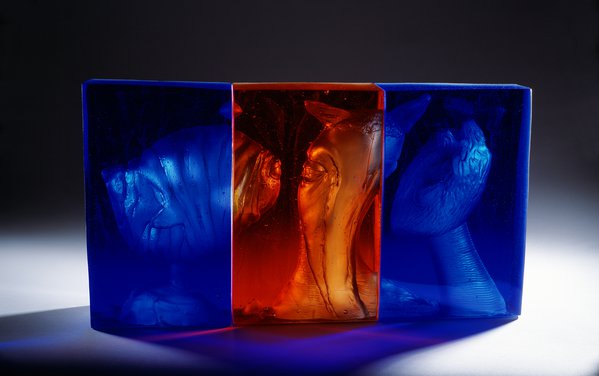 “European glass can be met at Wroclaw station” is the exhibition’s promotional slogan. Why here?
“European glass can be met at Wroclaw station” is the exhibition’s promotional slogan. Why here?
“There’s no other city in Poland so full of glass. The Eugeniusz Geppert Academy of Art and Design in Wroclaw has a Faculty of Ceramics and Glass, the only one in Poland. Many of its graduates stay in the city and set up their own private studios. Wroclaw is also the capital of a region where glass works operated already in the Middle Ages,” explains Anita Bialic.
“Wroclaw is the natural heart of Lower Silesia’s cultural life and plays an important role in the history of Poland’s glass industry,” adds František Janák, a Czech artist who took part in the first edition of the Play with Glass – European Glass Festival in 2012. “The Festival is an excellent opportunity to revisit this rich history and open the doors to international meetings and collaboration.”
Festival authors have prepared a unique map of Wroclaw’s glass architecture, plotting over 60 glass art items they discovered in city churches, squares and streets. The highlights have been compiled into a “glass trail”—a sightseeing path around the Wroclaw Old Town designed to attract tourists. Walks on the trail of glass fountains and sculptures are also a Festival attraction. Apart from them, the programme features many vernissages of other glass art exhibitions, artistic workshops on glass-making techniques, open days at the Wroclaw Academy of Art and Design’s Faculty of Glass, and a day of open workshops of glass artists from Wroclaw and Lower Silesia.
Animal Planet, the Festival’s main exhibition, will be open in Wroclaw until 31 October. It will then go to Lodz, to be on view at the Re:Medium Gallery at Piotrkowska St from 15 November to 13 December, and to Karkonoskie Museum in Jelenia Gora, from 31 January until the end of March 2015. The previous two editions of the Festival visited Krakow, the Glass Heritage Centre in Krosno, Jelenia Gora, and Legnica.
“From the very onset we assumed that the main exhibition would be touring Poland, so that the largest possible audience could see the works of outstanding European artists working with glass,” says Anita Bialic.
The Play with Glass – European Glass Festival in Wroclaw project, whose authors are Anita Bialic and Professor Kazimierz Pawlak of the Wroclaw Academy of Art and Design, was among the winning 40 projects selected out of 160 entries which were submitted for Wroclaw’s bid to become the European Capital of Culture 2016.
“An unprecedented event in Poland, our festival is making a name for itself abroad,” adds Ms Bialic.
ALEKSANDRA STANISŁAWSKA
31.10.2014
